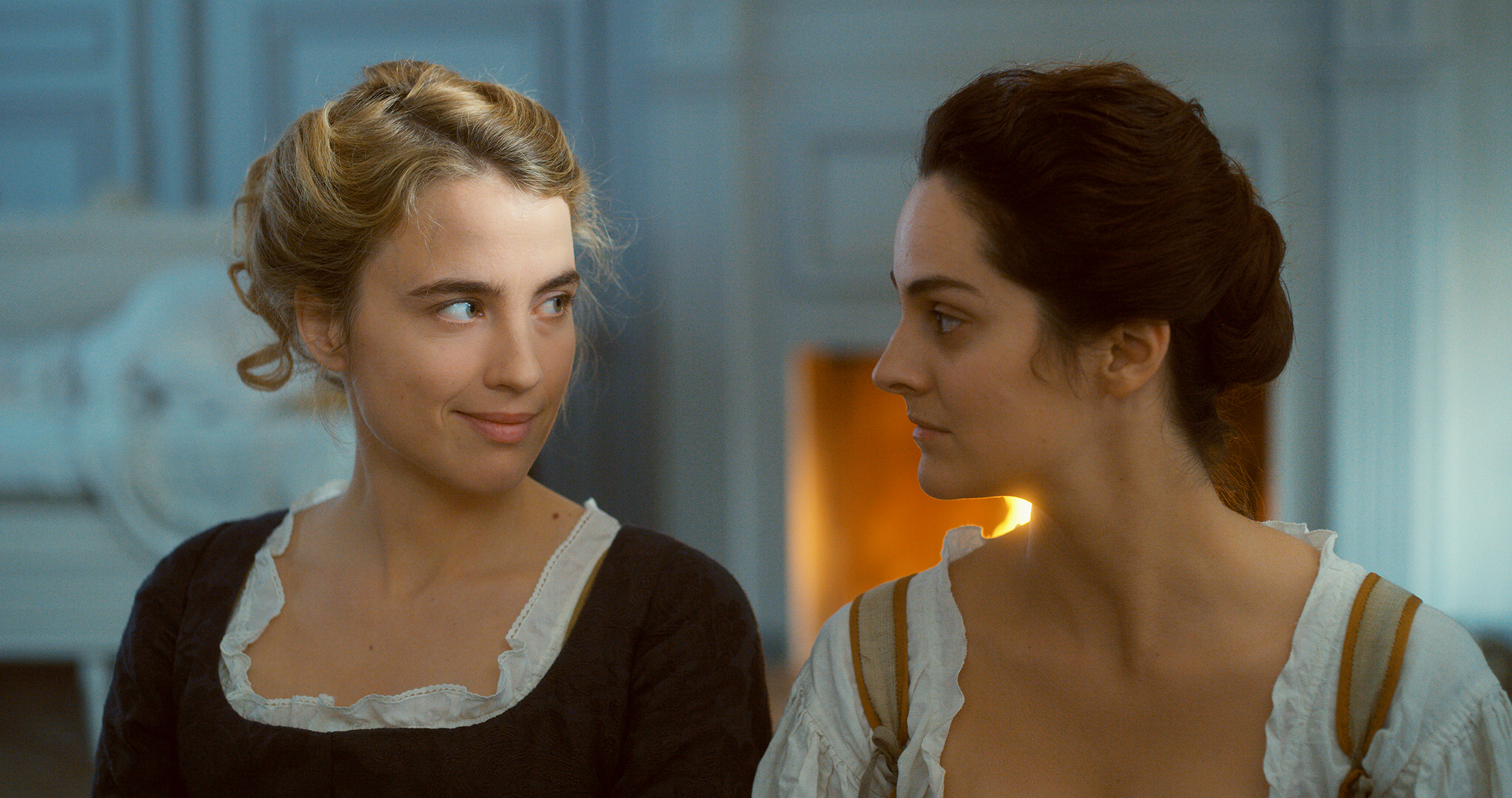A stunning portrayal of queer love, art, and the female gaze
Portrait of a Lady on Fire, written and directed by Céline Sciamma, is a beautiful film, through and through. Everything from the screenplay to the cinematography invokes an abundance of emotion and builds tension between the two main characters, Héloïse and Marianne. In the late 18th century, a woman named Héloïse is about to be married against her will, and Marianne is an artist commissioned to paint her in secret. Marianne keeps her intention unknown because Héloïse has refused to pose for previous painters to defy her imminent marriage. Although Héloïse believes Marianne to just be a walking companion, their relationship develops into something more as their desire for each other grows.
The pacing of this film, due to its direction and writing, is flawless. It is slow without being boring; every scene introduces new emotional elements that keep the film going. The chemistry between the lead actresses, Adèle Haenel and Noémie Merlant, is remarkable. Their performances are nuanced and natural, bringing raw emotion to the forefront of each scene. The characters’ yearning for each other is expressed through glances, stares and carefully composed body language. The pace makes you anticipate the budding romance, and the tension between the leads is expressed during these slow scenes.
Sciamma explores interesting themes other than love and queer romance through her writing: art, womanhood, memory and the concept of “the gaze”— how we observe art and other people. There is a fascinating exploration of the female gaze and the difference between being looked at and being seen.
Another thing that stands out about Portrait of a Lady on Fire is its sound design and soundtrack. It wasn’t until a song was sung by a group of women in the film that I realized there was no soundtrack at all – every sound is diegetic (meaning it’s occurring inside the world of the characters). Throughout the film, only two songs are heard. In between, every sound overwhelms the space, even noise as small as the movement of fabric. Sciamma’s choice here was clever, for the lack of nondiegetic sound in the film produces a sense of authenticity for the time period. The sounds of the natural world are almost overwhelming, which contrasts with the present day, as the natural world is often drowned out by man-made noise. When music is heard, the experience is elevated to a new emotional intensity, allowing you to connect with the character’s experience.
The mise-en-scène is gorgeous as well. The dark, candlelit rooms evoke a sense of warmth, comfort and intimacy. The bright and colourful exterior shots by the ocean create a feeling of freedom and expression—it is where Héloïse and Marianne share their first kiss, after all. Like the sound design, each shot was carefully assembled for the sake of the story and effectively captured the characters’ longing for each other.
Ultimately, Portrait of a Lady on Fire is an excellent film. Sciamma knows her craft and expertly constructs a film that makes the setting feel genuine and drives the audience to understand what the characters feel. It is an emotional experience that is beautiful to see and hear; it is not something to be missed.
Portrait of a Lady on Fire will be accessible on Video On Demand on April 3.




